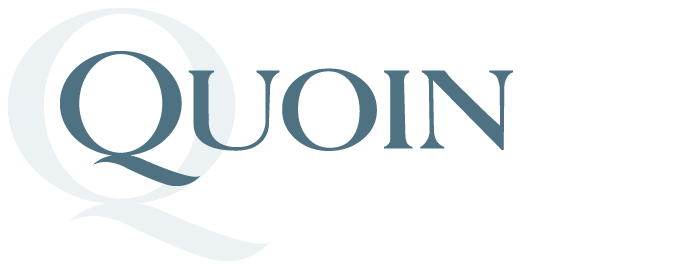Quoin built a custom content management system to support a demanding editorial workflow and multi-site publishing. Our project team was responsible for defining the architecture and implementing the system using open source frameworks, including the automated migration of over 200,000 pages of content. The new system provided significant improvement in throughput and editorial productivity.

The HealthCentral Network is a healthcare company that owns and operates 35 multimedia affiliate sites that provide personalized medical information, tools, and resources. The organization prides itself on fostering meaningful connections – via curated healthcare content - to a community of experts and patients. They came to Quoin in need of a world-class content management system to support its central business model and mission – one that could seamlessly distribute information via dozens of condition-specific websites. Quoin worked closely with HealthCentral’s technology staff to build a system that would meet the demands of production, including accommodating a complex content acquisition process.
Utilizing best practices gleaned from more than 10 years of developing content management systems, Quoin designed and built a content management system – “CMS 2.0” - that supports multiple contents feeds, site assignment, content editing, and publishing as well as site management. Our project team also handled the automated migration of more than 200,000 pages of legacy content. We followed a comprehensive testing process to confirm that the application met the highest performance standards, resulting in a system that is both robust and exceptionally easy to use. Quoin continued to add features while providing HealthCentral with technology support.
- Quoin built a full-featured and sophisticated CMS, based on an open-source platform.
- CMS 2.0 enables producers to easily create, assign, and publish rich content.
- CMS and site architecture emphasize search engine optimization and a robust delivery process.
- We implemented a migration process that achieved 100% automation for legacy content.
- CMS 2.0 supports new acquisitions and initiatives for the client.
How the CMS 2.0 works
The new content management system is comprised of editorial, publishing, and administrative tools. These tools are not only designed to facilitate the day-to-day tasks of content producers, but they also offer a number of features to quickly publish content to multiple websites. The editorial tools support core content management capabilities, such as creating content, assigning content to commercial and editorial taxonomies, and assigning content to the “panels” used to define pages.
- Allow a user to search for content and sort the results by a range of attributes
- Provide a work area for editing, assigning, or publishing content items
- Allow a user to assign content to multiple panels and index pages, and display a list of locations for an item
- Support a range of content types, including text, rich media, links, queries, and HTML fragments.
- Provide an integrated WYSIWYG editor, spell-checker, and quick edit feature that enables users to quickly open a content item for editing
- Support a range of content feeds and formats from external content providers
Users can control the content on the production websites using a range of publishing tools. The system supports automated and on-demand publishing of modified content and any referring pages.
- Provide the ability to preview index and other pages, as the content will appear on the live sites
- Allow a user to configure unique URL patterns for each site
- The system will automatically publish content, or allow a user to manually publish content
- Allow a user to define rules for automatically purging content, or to manually purge content from production sites and the content repository
The administrative tools provide an interface to manage all sites, including system users, groups, site creation, site structure, page templates, URL specifications, and site-specific rules for content delivery. A system administrator uses can define page templates, and specify the overall structure and characteristics for each site.
- Allow a user to manage multiple site trees
- Support syndication of specified content
The system generates pages for a PHP-based delivery system. We used this approach to ensure support for dynamic content and delivery, including blogs, forums, and other channels for user-generated content. The advantage of this architecture is a robust Java-based CMS and a high-performance delivery environment that uses PHP.
- Support RSS and third-party video streaming
- Enable the sites to deliver third-party advertising
- Support user-generated content, such as user forums and blogs

